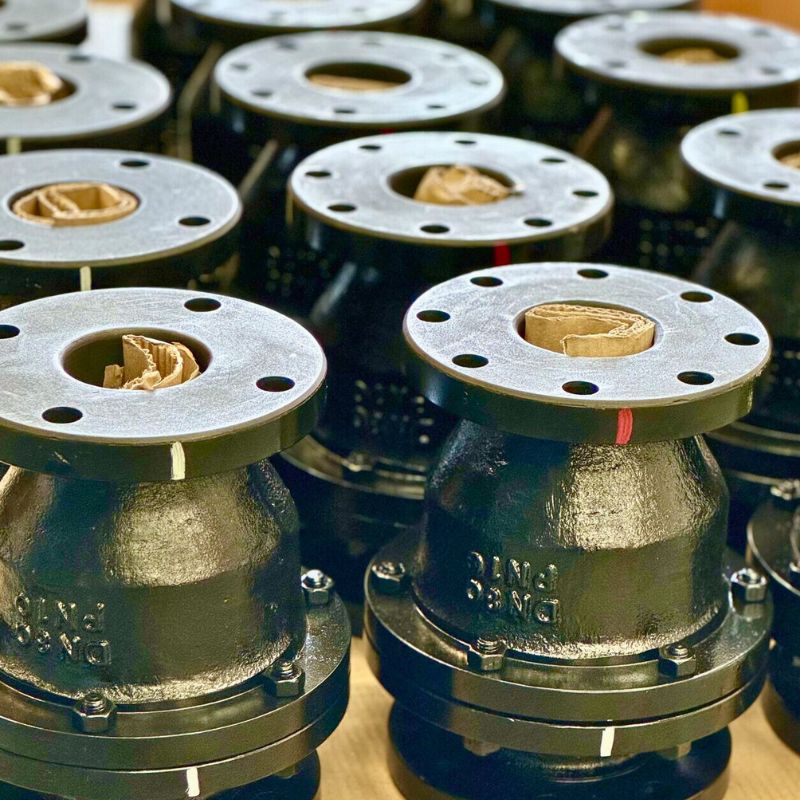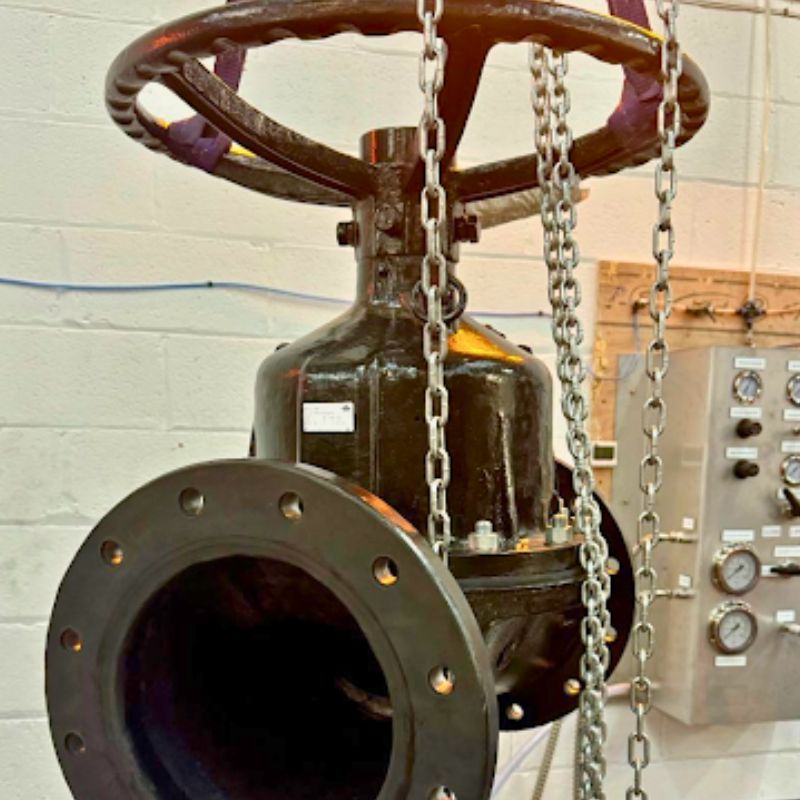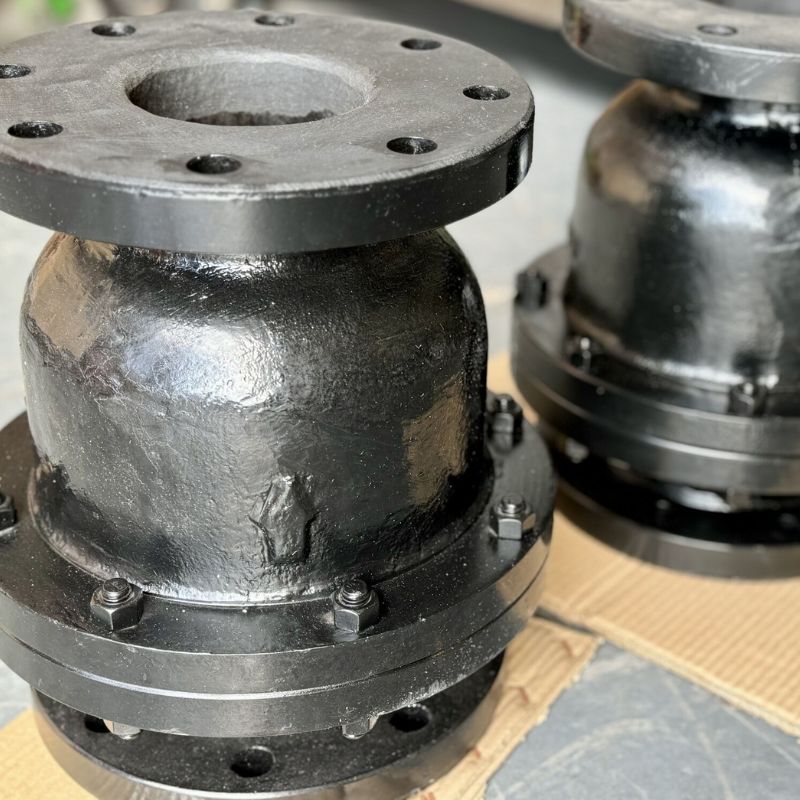Industrial Rubber Lined Valves
Looking for a Trusted Manufacturer of Rubber Lined Valves in Australia?
APPLICATIONS OF RUBBER LINED VALVES
Industrial Valves | Chemical Resistant
Rubber Material Origin
Rubber primarily comes from the latex of certain plants, most notably the Hevea brasiliensis, or the rubber tree. Native to South America, specifically the Amazon rainforest, this tree produces a milky fluid called latex, which is harvested through a process known as tapping. The latex consists of water, rubber particles, and small amounts of other compounds. Rubber trees thrive in tropical climates with consistent rainfall and warm temperatures, which is why they are extensively cultivated in countries such as Thailand, Indonesia, and Malaysia today.
Rubber Material in Industrial
Natural and synthetic rubber are key materials in manufacturing rubber valves and other industrial products due to their exceptional elasticity, durability, and resistance to extreme conditions. The process begins with the collection of latex (for natural rubber) or polymer synthesis (for synthetic rubber). The raw material is then vulcanized, a chemical process that involves adding sulfur and applying heat. This process enhances the rubber’s elasticity, strength, and resistance to wear, making it suitable for demanding industrial applications.
Rubber Valve Applications
Rubber-lined valves are widely used in industries that require durability, corrosion resistance, and the ability to handle abrasive or aggressive fluids. The rubber lining acts as a protective layer, preventing the valve body from coming into direct contact with the fluid, thereby extending its service life. These valves are particularly valuable in chemical processing plants, mining, wastewater treatment, power plants,
Rubber Lined Check valves
Rubber-lined check valves are purpose-built to excel in harsh environments where traditional valves may wear out prematurely. The rubber lining adds a protective layer that significantly reduces wear and tear, extending the service life of the valve and lowering maintenance costs for your operation.
C Series Actuated Hard Rubber Lined ST Diaphragm Valves
It offers a unique set of advantages that make them a preferred choice for various industrial applications.
DN250 Rubber Lined ST Diaphragm Valve
Industries that regularly handle viscous fluids, such as chemical processing, water treatment, and mining, would benefit significantly from this diaphragm valve lining. Its durability, reliability, and specialized design make it a valuable asset in these sectors.





Why should you use a Rubber Lined Diaphragm Valve?
Why should I use rubber-lined valves?
Rubber-lined valves offer exceptional resistance to corrosion, abrasion, and chemical attack, making them ideal for aggressive fluid applications. The rubber lining protects the valve body, ensuring durability, reliability, and a longer service life. These valves also provide a tight seal, minimizing leaks and maintaining efficiency under high-pressure or high-temperature conditions.
What industries benefit most from rubber-lined valves?
Rubber-lined valves are widely used in industries such as chemical processing, mining, wastewater treatment, power generation, and food and beverage production. Their ability to handle corrosive fluids, abrasive slurries, and contaminated water makes them a critical component in these sectors.
How do rubber-lined valves excel in chemical processing?
In chemical processing plants, rubber-lined valves are used to handle acids, alkalis, and other highly corrosive substances. The rubber lining prevents chemical attack on the valve body, ensuring safe and efficient operation while reducing maintenance costs.
Are rubber-lined valves suitable for high-temperature applications?
Rubber-lined valves are suitable for moderate-temperature applications but may not perform as well as metallic linings in extreme heat. Specific rubber types like EPDM or Viton enhance heat resistance, making them versatile for a range of industrial uses.
What maintenance advantages do rubber-lined valves provide?
Rubber-lined valves require less maintenance due to their resistance to wear and corrosion. They reduce downtime by extending the service life of the valve, especially in environments with harsh fluids, saving both time and costs in industrial operations.
Which parts of a valve use rubber materials?
Several critical valve components rely on rubber for their functionality, including:
- Seats
- O-Rings
- Diaphragms
- Linings
- Seals and Gaskets
What sets rubber-lined valves apart from other valve linings?
Unlike metallic or plastic linings, rubber linings combine flexibility, durability, and excellent chemical resistance. They are especially effective in handling abrasive slurries and fluids with suspended solids, offering superior sealing and reduced risk of cracking or failure under stress.
How do rubber-lined valves compare to ceramic-lined valves in abrasive applications?
Rubber-lined valves excel in handling mildly to moderately abrasive fluids due to their flexibility and resilience. However, in extremely abrasive applications, ceramic-lined valves offer superior wear resistance and durability, as ceramics are harder and more resistant to erosion. Rubber-lined valves, in contrast, provide better sealing and flexibility, making them preferable for applications requiring tight seals and shock absorption.
What is the typical lifespan of a rubber-lined valve in harsh environments?
The lifespan of a rubber-lined valve depends on the operating conditions, but they typically last 5 to 10 years in harsh environments. Proper maintenance and the use of high-quality rubber linings, such as EPDM or neoprene, can significantly extend their service life, even in the presence of aggressive chemicals or abrasive materials.
